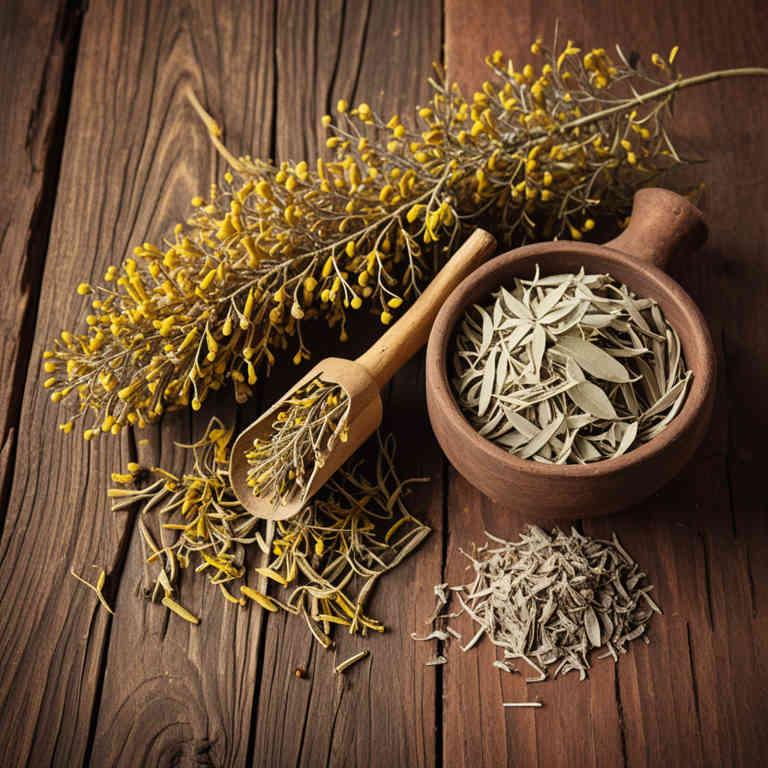Cassia angustifolia mucillage for medicinal use

Cassia angustifolia mucillage is a viscous, gel-like substance derived from the seeds of the cassia angustifolia plant, commonly known as senna.
This preparation is obtained by soaking the seeds in water to extract the mucilage, a natural polysaccharide found in the cell walls of the seeds. In herbalism, it is used for its mild laxative properties and as a demulcent to soothe irritated tissues. It is often employed in formulations to aid digestion and relieve constipation.
Additionally, it may be used topically to reduce inflammation and promote healing of minor skin irritations.
Uses
Cassia angustifolia mucillage has been used to treat digestive disorders and inflammatory conditions for centuries in traditional medicine systems such as Ayurveda and Chinese medicine.
Historically, it was valued for its mild laxative properties and its ability to soothe the gastrointestinal tract. In modern times, it is commonly used as a natural remedy for constipation and as a component in herbal formulations for digestive health. Its mucilage content provides a protective layer in the gut, reducing irritation and promoting regular bowel movements.
Today, it is also explored for its potential anti-inflammatory and antioxidant benefits in complementary and alternative medicine.
Benefits
Cassia angustifolia mucillage has health benefits such as promoting digestive health, supporting weight management, and reducing inflammation.
It contains a high amount of mucilage, which can help soothe the gastrointestinal tract and aid in the treatment of conditions like irritable bowel syndrome. The mucilage also acts as a natural demulcent, providing relief from sore throats and respiratory irritation. Additionally, it may help regulate blood sugar levels and improve overall metabolic function.
This herbal preparation is often used in traditional medicine for its mild laxative and anti-inflammatory properties.
Constituents
Cassia angustifolia mucillage active constituents include polysaccharides, mucilage, and tannins.
These compounds contribute to its demulcent and soothing properties, making it useful for digestive and respiratory conditions. The mucilage forms a protective layer over mucous membranes, helping to alleviate irritation and inflammation. Polysaccharides may support immune function and have prebiotic effects.
Tannins provide astringent properties that can help reduce excess secretions and promote healing.
Preparation
To make Cassia angustifolia mucillage, start by collecting the fresh leaves of the Cassia angustifolia plant, which is commonly known as sickle cassia.
Next, wash the leaves thoroughly to remove any dirt or debris. Then, place the leaves in a blender or a mortar and pestle and grind them into a fine paste. Allow the paste to sit for several hours or overnight so that the mucilage, a sticky substance, separates from the rest of the plant material.
Finally, strain the mixture through a fine mesh or cheesecloth to collect the mucilage, which can then be used in traditional remedies.
Side Effects
Cassia angustifolia mucillage may lead to gastrointestinal discomfort, including nausea, vomiting, and diarrhea, due to its high mucilage content.
It can also cause allergic reactions in individuals sensitive to plants in the legume family. Prolonged use may result in intestinal blockage or obstruction, especially in those with pre-existing digestive issues. The mucilage can act as a laxative, potentially leading to dependency or electrolyte imbalances.
It is important to consult a healthcare professional before using this preparation, particularly for individuals with conditions such as irritable bowel syndrome or Crohn's disease.